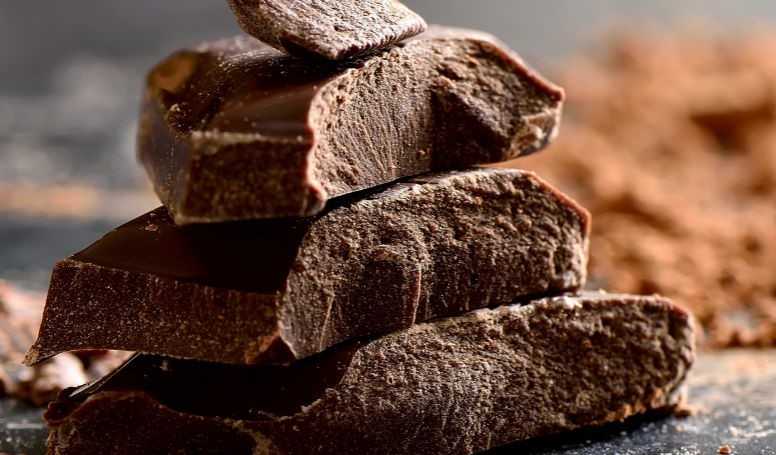Chocolate is often the go-to food when people are in need of a pick-me-up, providing consumers with a comforting experience that lifts the mood.
On the occasion of the World Chocolate Day (Saturday 7 July), student Kinnari Naik, from the Department of Physics and Astronomy of the University of Leicester, has examined the amount of cocoa in different kinds of chocolate in order to determine which is likely to provide the biggest boost to your mood by releasing serotonin, an anti-depressant in the brain.
The majority of the positive effects on health of chocolate are a consequence of the release of neurotransmitters.
One chemical in particular, tryptophan, promotes the release of serotonin which results in an elevated mood. It functions in promoting the body’s peristalsis and increases vasoconstriction. Both serotonin and its precursor, tryptophan, are present in chocolate.
Cocoa, the key ingredient in chocolate, contains caffeine and theobromine. Studies suggest that theobromine, which is a methyl-xanthine, stimulates mood and is an active antioxidant in average doses but may have a negative impact in higher concentrations.
The hypothetical experiment examined five varying cocoa percentages of Lindt chocolate and four varying percentages of Green and Blacks chocolate, looking at standard 15g chocolate bars.
The study suggests that the higher the cocoa count, the higher the serotonin content – with 99% cocoa chocolate offering the highest chance of lifting your mood.
Kinnari said: “My hypothesis based on literature published to date suggests that dark chocolate, with a higher cocoa content will lead to maximum serotonin release…but palatability may influence the comfort achieved.”
Kinnari’s findings were presented in a paper for the Journal of Interdisciplinary Science Topics, a peer-reviewed student journal run by the University’s Centre for Interdisciplinary Science. The student-run journal is designed to give students practical experience of writing, editing, publishing and reviewing scientific papers.
Dr Cheryl Hurkett from the Centre for Interdisciplinary Science said: “An important part of being a professional scientist (as well as many other professions) is the ability to make connections between the vast quantity of information students have at their command, and being able to utilise the knowledge and techniques they have previously mastered in a new or novel context.
The Interdisciplinary Research Journal module models this process, and gives students an opportunity to practise this way of thinking. The intention of this module is to allow students to experience what it’s like to be at the cutting edge of scientific research.
“The course is engaging to students and the publishing process provides them with an invaluable insight into academic publishing. It also helps students feel more confident when submitting future papers. I find it a very rewarding module to teach and I am always pleased to see my students engaging so enthusiastically with the subject. I encourage them to be as creative as possible with their subject choices as long as they can back it up with hard scientific facts, theories and calculations!”










